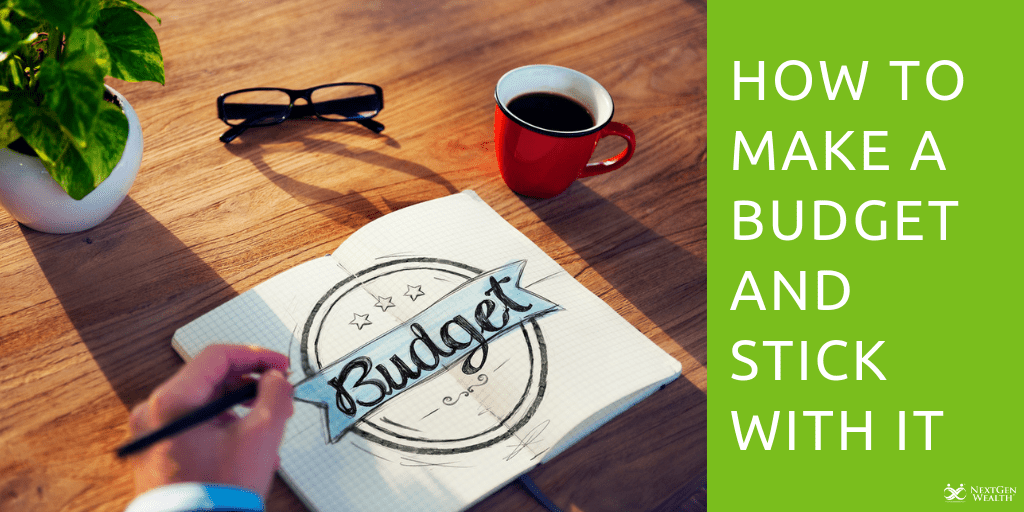Creating a monthly budget sounds simple on paper — list your income, subtract your expenses, and save the rest. But in reality, sticking to a budget is often the hardest part. Unexpected expenses, impulse buys, or poor planning can throw everything off track. The key is to design a budget that’s not just practical but also realistic and flexible enough to work with your lifestyle. Here’s a step-by-step guide to creating a monthly budget you’ll actually stick to.
1. Start by Tracking Your Current Spending

Before setting limits, you need to understand where your money goes. Spend at least one month tracking every expense — from your rent and bills down to your daily coffee. You can use a simple spreadsheet, budgeting apps like Mint or YNAB, or even a notebook.
Categorize your spending into groups such as:
- Fixed expenses: Rent, utilities, insurance, debt payments
- Variable expenses: Groceries, transportation, entertainment
- Discretionary spending: Dining out, shopping, hobbies
This gives you a clear picture of your spending habits and highlights areas where you may be overspending.
2. Set Clear and Realistic Financial Goals
Budgets work best when they’re tied to meaningful goals. Ask yourself what you want your money to achieve. Do you want to pay off credit card debt, build an emergency fund, save for a vacation, or invest for the future?
Once you define your goals, break them into smaller, measurable steps. For example:
- Save $300 a month toward an emergency fund
- Pay an extra $100 monthly toward debt
- Invest $200 per month for retirement
When your budget reflects your personal goals, you’ll feel more motivated to follow it.
3. Calculate Your Monthly Income

List all sources of income you receive in a typical month. This includes your salary, freelance earnings, side hustles, rental income, or any other regular cash flow. If your income varies from month to month, calculate an average based on the past three to six months to get a realistic figure.
Knowing exactly how much money you have to work with is crucial for setting spending and saving limits that you can stick to.
4. Create a Spending Plan That Matches Your Lifestyle
A budget isn’t about cutting out everything you enjoy. It’s about prioritizing what matters most and making conscious decisions. One of the most effective frameworks is the 50/30/20 rule:
- 50% for needs: Rent, bills, groceries, transportation, insurance
- 30% for wants: Dining out, hobbies, entertainment
- 20% for savings and debt repayment: Emergency fund, retirement, extra debt payments
Adjust these percentages to fit your circumstances, but make sure your plan is realistic. If you allocate too little for dining out but you love eating at restaurants, you’re likely to break your budget. Instead, give yourself a reasonable amount for fun while keeping your goals in focus.
5. Automate Your Savings and Payments
One of the easiest ways to stick to a budget is to take willpower out of the equation. Set up automatic transfers for savings, investments, and bill payments as soon as your paycheck arrives.
For example:
- Automatically transfer 10% of your income to a savings account.
- Set up automatic credit card payments to avoid late fees.
- Schedule bill payments to match your paydays.
Automation ensures your priorities are handled first, making it less tempting to spend money you intended to save.
6. Use Budgeting Tools and Apps

Technology can make budgeting much easier. Budgeting apps can categorize your spending, alert you when you overspend, and help you stay on track. Popular options include:
- Mint: Free, great for beginners
- You Need a Budget (YNAB): Focuses on giving every dollar a job
- PocketGuard: Helps identify areas to save
These tools provide a real-time overview of your financial health and make adjustments simple.
7. Review and Adjust Regularly
A budget is not a “set it and forget it” plan. Life changes — expenses shift, income grows or decreases, and priorities evolve. Set aside time each month to review your budget:
- Check your spending vs. your budget categories
- Identify where you overspent and why
- Adjust categories or goals as needed
This habit ensures your budget remains relevant and sustainable over time.
8. Build in Flexibility and Rewards
Rigid budgets often fail because they don’t allow for real life. Include a small “miscellaneous” or “fun” category for unplanned treats or surprises. It’s also helpful to reward yourself when you hit financial milestones — like enjoying a nice dinner after reaching a savings goal.
Rewards keep the process positive and help maintain long-term motivation.
Final Thoughts
Creating a monthly budget you’ll actually stick to is less about strict rules and more about intentional planning. By understanding your spending habits, setting clear goals, automating your finances, and reviewing regularly, you can build a budget that works with your lifestyle — not against it.
Remember, consistency matters more than perfection. Even if you slip occasionally, get back on track and keep moving forward. Over time, budgeting will become a natural part of your financial routine, helping you achieve lasting stability and peace of mind.

